We go inside the mind of George F. Manska for an analytical look at Sensory Science for Bartenders. In this segment, George proves olfaction is more than smell.
Developing your sense of smell for the detection, identification, and discrimination of spirits is an enriching journey that enhances your appreciation and enjoyment of various spirits. Here are some tips to help you refine your olfactory skills:
1. Start with a Neutral Environment: Ensure your tasting environment is free from strong odors. Avoid perfumes, scented candles, or cooking smells that could interfere with your ability to pick up the subtle nuances in the spirits. Find a nice quiet place without strong breezes from the air conditioner or heating ducts. No music, TV, radio.
2. Use the Right Glassware: Different spirits can benefit from different types of glasses to concentrate and deliver their aromas effectively. In the past, Glencairn glass has often been recommended for whiskey, while snifters have been the traditional brandy tasting glass. In the overwhelming evidence we have previously provided in this column, the NEAT glass, or even a large tumbler will not concentrate nose-numbing ethanol on the nose. Of course, we recommend NEAT over all others as it unmasks the aromas hiding behind ethanol.
3. Cleanse Your Palate: Before tasting, cleanse your palate with water or crackers. This helps reset your taste buds and makes it easier to detect subtle flavors and aromas in different spirits. Some say sparkling water does a better job of cleansing but can slightly alter taste. We recommend mineral free distilled (not spring) water. If you must use crackers, neutral water crackers or white bread will do the trick (no sourdough no herbs, no rye).
4. Take Your Time: Don’t rush the nosing process. Gently swirl the spirit in the glass to release its aroma. Take short, gentle sniffs initially, then deeper inhales. Allow your senses to adjust and pick up as many different notes as possible. When using a NEAT glass, nose horizontally in the rim plane from center outward toward rim.
5. Identify the Aromas: Try to break down what you smell into categories, such as fruity, floral, spicy, woody, or nutty. As you practice, you’ll become more adept at identifying specific fruits, spices, flowers, etc.
6. Use a Scent Kit or Aroma Wheel: Aroma kits designed for spirits tasting or an aroma wheel can help you learn and identify specific scents. These tools offer a structured approach to recognizing and naming what you smell.

7. Taste Regularly: Regular tasting sessions with a focus on smelling the spirits before tasting them can improve your ability to identify and discriminate between different aromas over time. Try to taste a variety of spirits to expose your palate to a wide range of profiles.
8. Take Notes: Keeping a tasting journal where you record your impressions of different spirits, including the aromas you detect, can help you track your progress and remember specific characteristics of each spirit. Once you’ve tasted and taken good notes, repeat the same taste again later, say within 2-3 days, with a fresh set of notes, and compare both sets. If they have a wide variance taste a third time.
9. Participate in Tastings and Workshops: Joining spirits tastings, workshops, or classes can provide guided learning experiences and the opportunity to discuss your perceptions with others, which can be incredibly valuable for developing your olfactory skills.
10. Pair with Food: Sometimes, pairing spirits with food can help you identify complementary and contrasting flavors, making it easier to pick apart the components of the spirit’s aroma.
11. Rest and Reset: Your sense of smell can become fatigued. If aromas start to blend together or become less distinct, take a break. Smelling coffee beans or even the back of your hand will not help reset your nose. You must leave the scene, step outside or into the next room, and give your nose 3-4 minutes to get 80% restoration of your sense of smell. This is particularly important when tasting alcohol beverages, as anesthetic ethanol molecules must be swept away by a new mucous layer on the epithelium lining in your nasal cavity.
12. Build your Smell-library: When you smell something new or different, search out the source. Ask other present about the smell. Sniff it deeply at least three times and associate a descriptive word for it, e.g. the spicy aroma of a Peace rose. Every time you smell something new or different, focus on it and associate a picture in your mind along with the descriptive word.

Olfaction is much more than smell. Aroma signals are processed in three separate areas of your brain. The Hippocampus controls memory and learning, including the circumstances of the event. The Amygdala processes emotions, “Do I like it?” or “Does it make me happy?” The Orbital frontal cortex is decision making and rewards. “I like it, I need it, I’ll treat myself, I’ll buy it.”
To illustrate, let’s analyze an event. Graduating with a bachelor’s degree in Sensory Science on your 21st birthday, Dad brings a special bottle of his favorite 21yo “Milestone Memories.” Bourbon to share. Elated by your achievement, and grateful for Dad’s love and support, you toast together. “Milestone Memories” is by far the best bourbon you ever tasted, even at a retaste 30 years later.
What just happened? All aspects of your experience were recorded in the three brain areas as strong memories, key lessons learned, emotions, decisions, and rewards, because smell is inextricably tied to personal emotions and circumstances. It is a good thing to remember when comparing one’s smell impressions with another. Every individual has a different, unique associative experience.
Developing a keen sense of smell for spirits involves practice, patience, and exposure to a wide range of aromas. By following these tips, you can gradually refine your abilities and deepen your appreciation for the complex world of spirits. In the longer run, you will appreciate your eating and drinking far more when you understand what goes into the manufacture and processing that produces your favorite whiskey right along with its unique aromas.
About George Manska
George is an entrepreneur, inventor, engine designer, founder, Chief R&D officer, Corporate Strategy Officer, CEO Arsilica, Inc. dedicated to sensory research in alcohol beverages. (2002-present). He is the inventor of the patented NEAT glass, several other patented alcohol beverage glasses for beer and wine, (yet to be released). Director ongoing research into aromatic compound behavior, and pinpointing onset of nose-blindness. George is a professional consultant for several major spirits competitions, has been published in the MDPI Beverage Journal Paper, is the founder or member of over seven different wine clubs for the past fifty years, is a collector of wines and spirits, has traveled the world, and is an educator and advisor of multiple spirits sensory seminars.
George F Manska, CR&D, Arsilica, Inc. Engineer, inventor of the NEAT glass, sensory science researcher, entrepreneur.
Mission: Replace myth and misinformation with scientific truth through consumer education.
Contact: george@arsilica.com, phone 702.332.7305. For more information: www.theneatglass.com/shop
The post Inside Manska’s Mind: Olfaction is More than Smell appeared first on Chilled Magazine.
Source: Mixology News









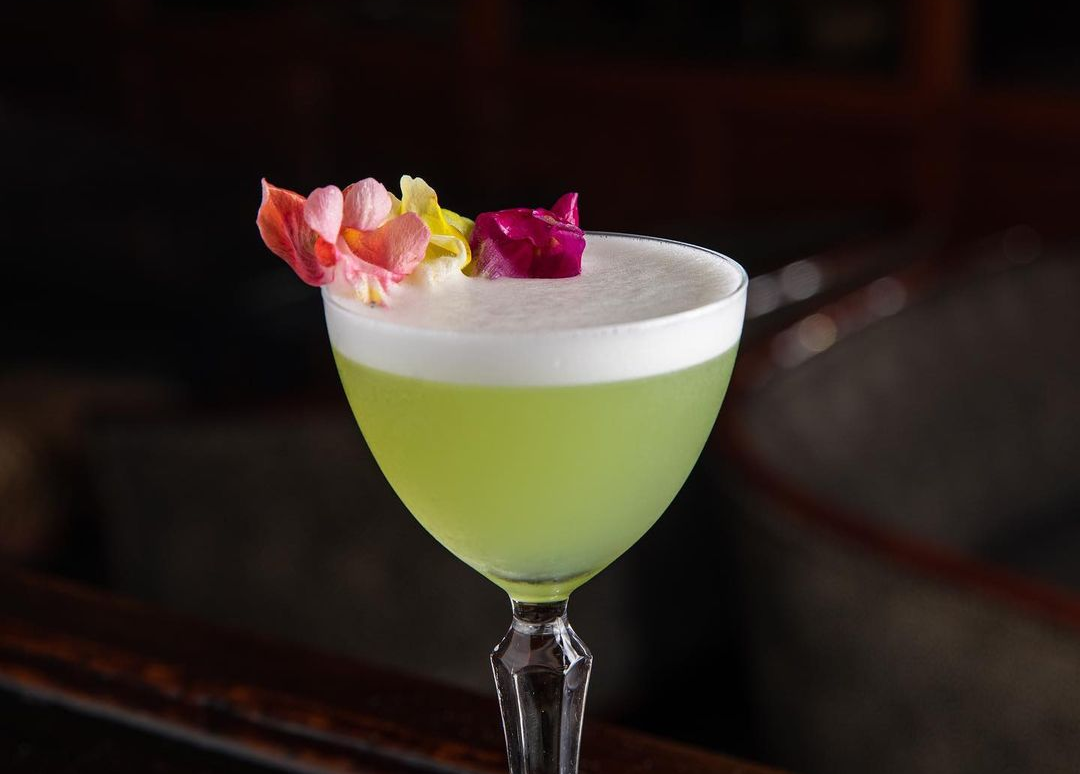














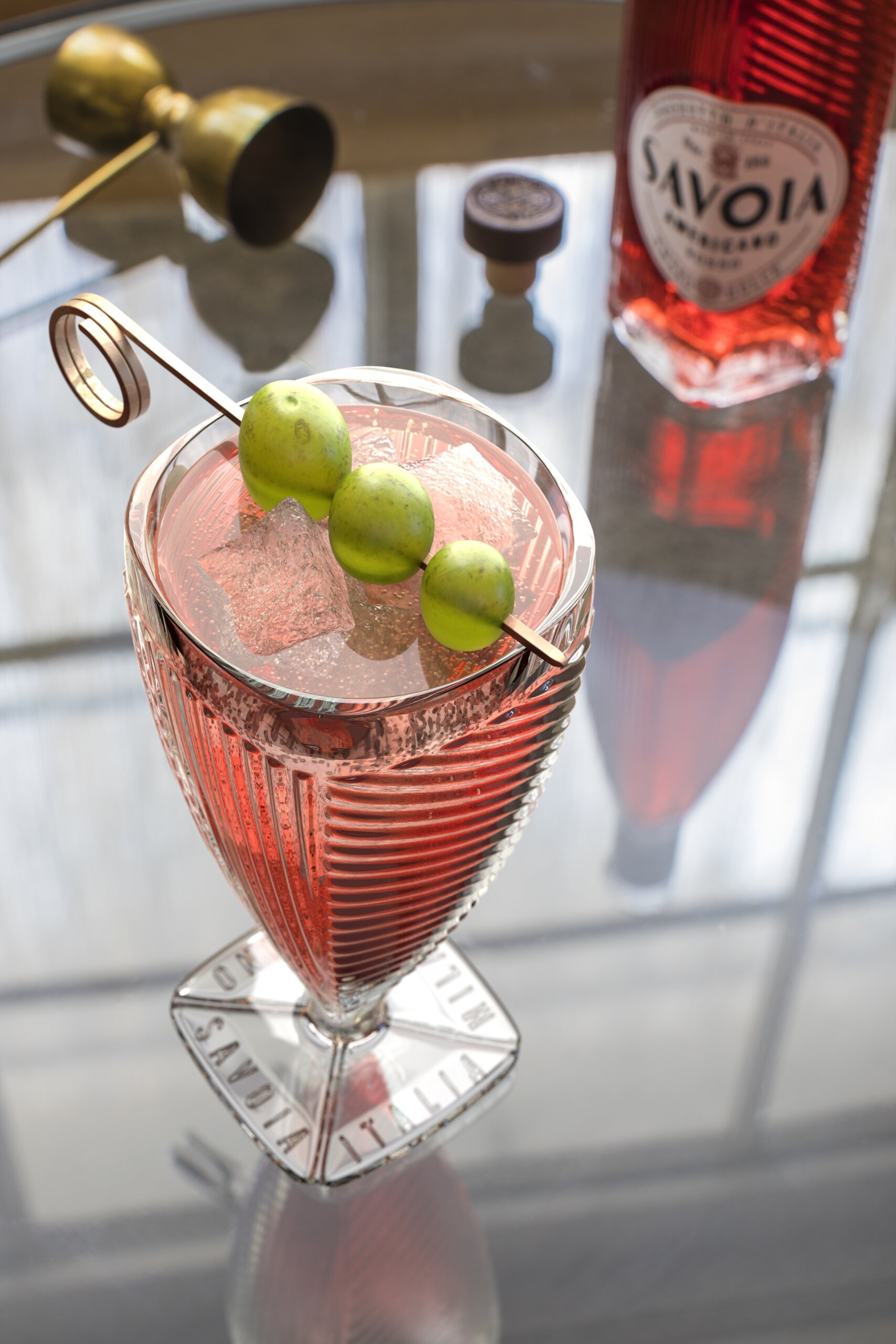

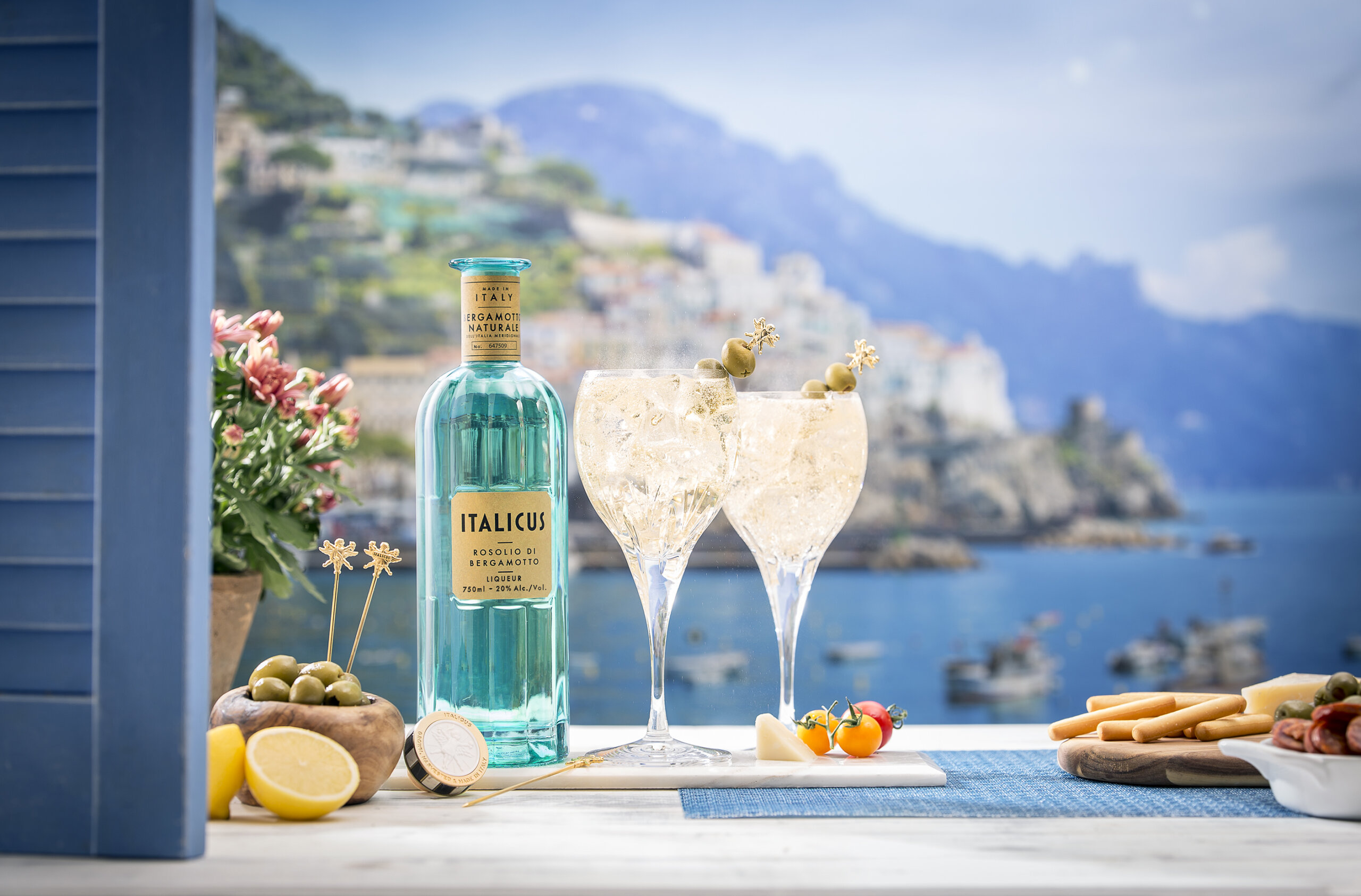

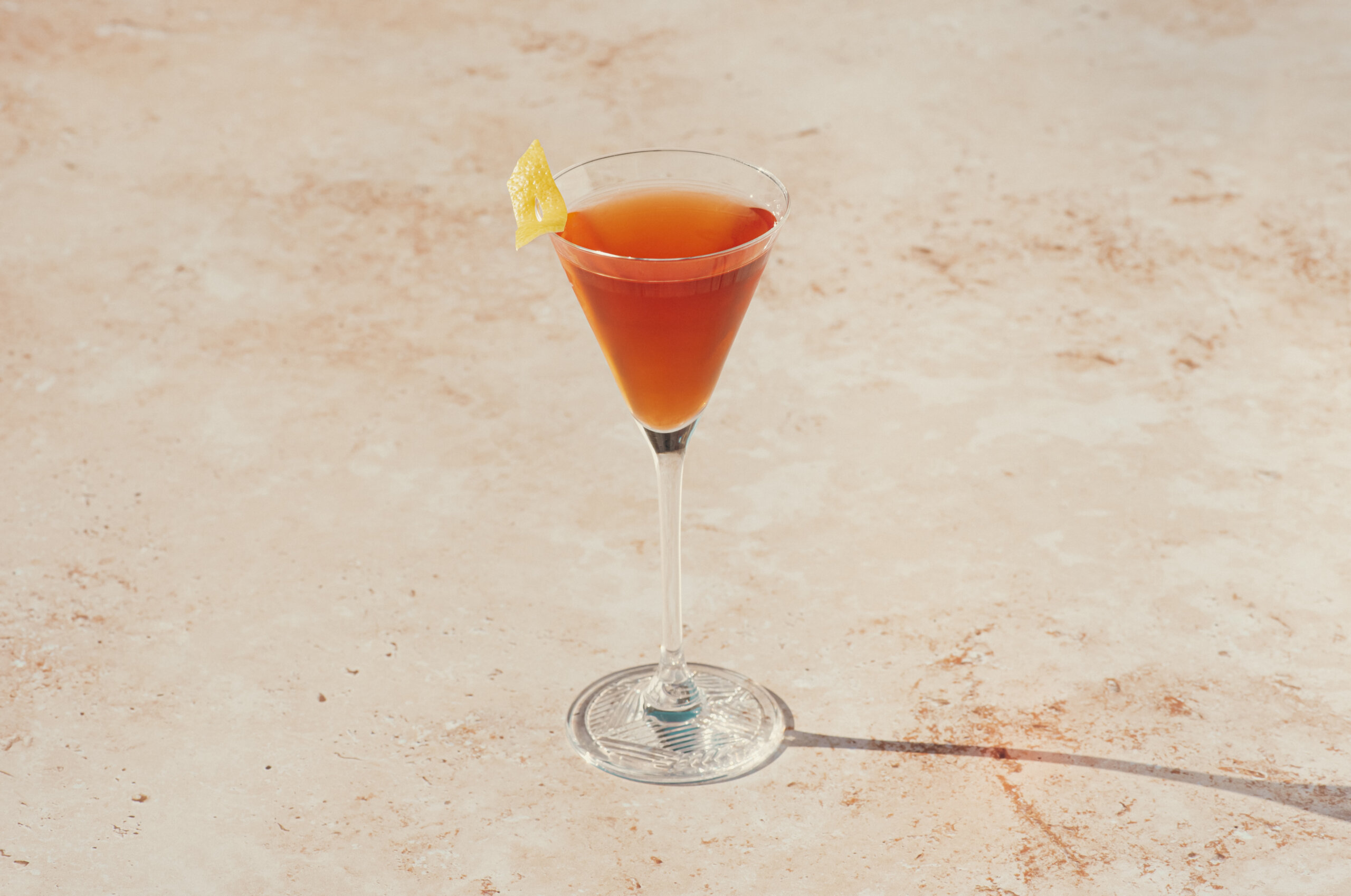






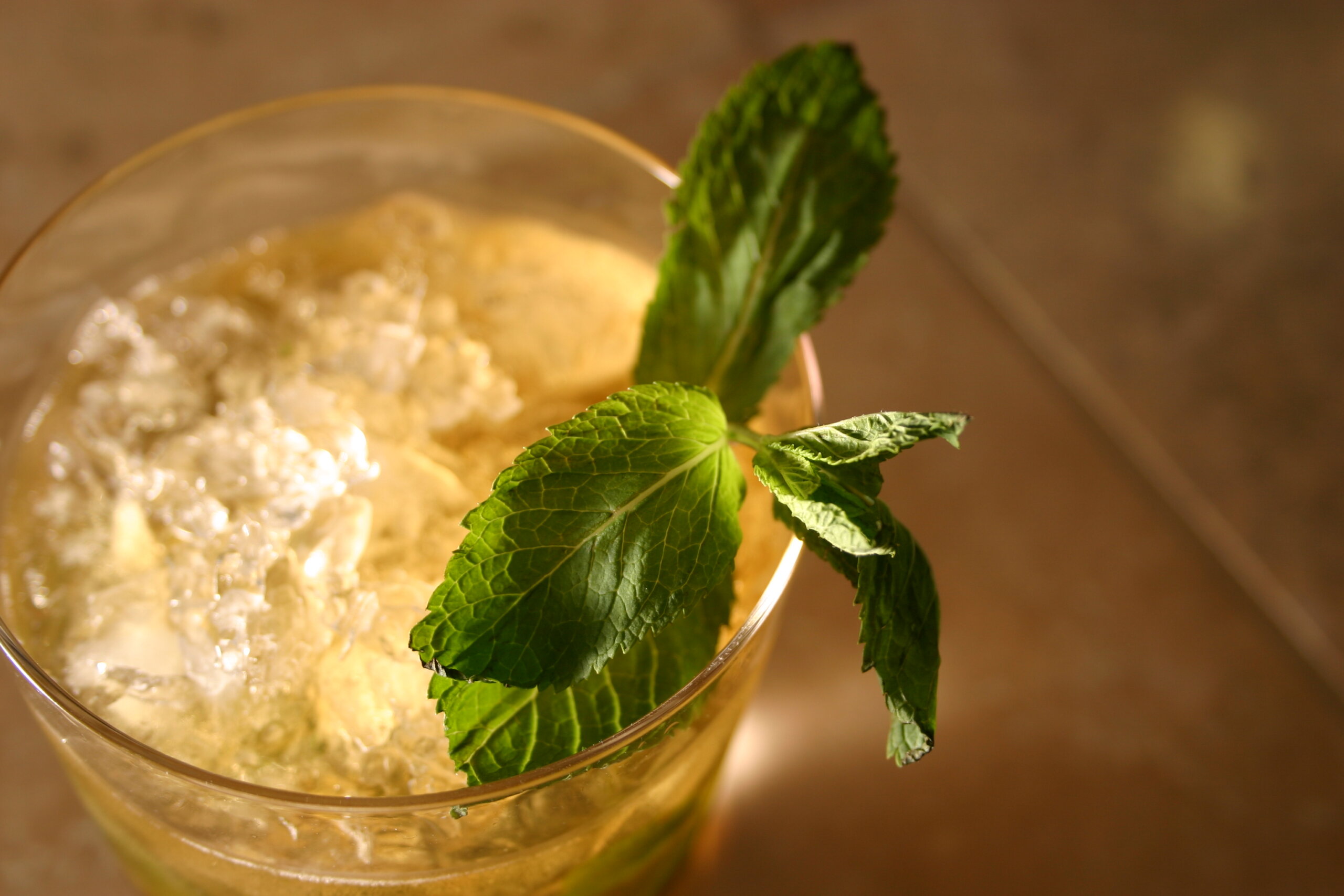
Recent Comments